Conservation science : balancing the needs of people and nature / Peter Kareiva and Michelle Marvier.
Por: Kareiva, Peter M
Colaborador(es): Marvier, Michelle
Tipo de material:  TextoLanguage: Inglés Editor: Greenwood Village, Colo. Roberts and Co., c2011Descripción: xxix, 543 p. : il., (col), maps 26 cmISBN: 9781936221066; 1936221063Tema(s): Conservation biology
TextoLanguage: Inglés Editor: Greenwood Village, Colo. Roberts and Co., c2011Descripción: xxix, 543 p. : il., (col), maps 26 cmISBN: 9781936221066; 1936221063Tema(s): Conservation biology| Tipo de ítem | Ubicación actual | Colección | Signatura | Copia número | Estado | Fecha de vencimiento | Código de barras | Reserva de ítems |
|---|---|---|---|---|---|---|---|---|
|
|
Bogotá | General | LB 333.95 K183c (Navegar estantería) | Ej. 1 | Disponible | 028719 |
Navegando Bogotá Estantes , Código de colección: General Cerrar el navegador de estanterías
| LB-333.95 W74d La diversidad de la vida / | LB 333.95 C292c Conservation by proxy: | LB 333.95 H816r Remote sensing for ecology and conservation | LB 333.95 K183c Conservation science : | LB 333.95 M329m Measures of success | LB 333.95 S713w World trade and biological exchanges before 1492 | LB-333.9501 C59m Mathematical bioeconomics |
Incluye referencias bibliográficas e índice
Part I. Why conservation is needed -- 1. Humans are the dominant ecological force -- 2. Biodiversity and extinction -- 3. Ecosystem services: how nature pays for itself -- Part II. Policy, protected areas, and planning -- 4. Policy responses to biodiversity loss and ecosystem degradation -- 5. Conservation in protected areas and on private land -- 6. Conservation planning and priorities Part III. How science informs conservation strategies -- 7. The perils of small populations -- 8. Population size, trend, and viability -- 9. Assessing threats and choosing conservation actions -- 10. Islands of nature and the role of dispersal -- 11. Restoration and reintroduction: fixing problems after the fact -- 12. Adaptive management and evidence-based conservation -- Part IV. Conservation challenges in a world shaped by humans -- 13. Reversing global deforestation and forest degradation -- 14. Balancing agriculture and conservation -- 15. Building sustainable marine fisheries -- 16. Managing fresh water for people and nature -- 17. Getting practical about introduced species -- 18. Climate change on a global scale -- 19. Making conservation a success story.
"Conservation Science was primarily written for undergraduates and beginning graduate students who are interested either in academic careers or in doing science-based conservation at government agencies, non-governmental organizations, or international institutions. It will also be of interest to those already involved in conservation who want to bolster their understanding of the field. It is essential reading for anyone who wants to understand the science that drives conservation policy and action."--Publisher’s description.
No hay comentarios para este ejemplar.